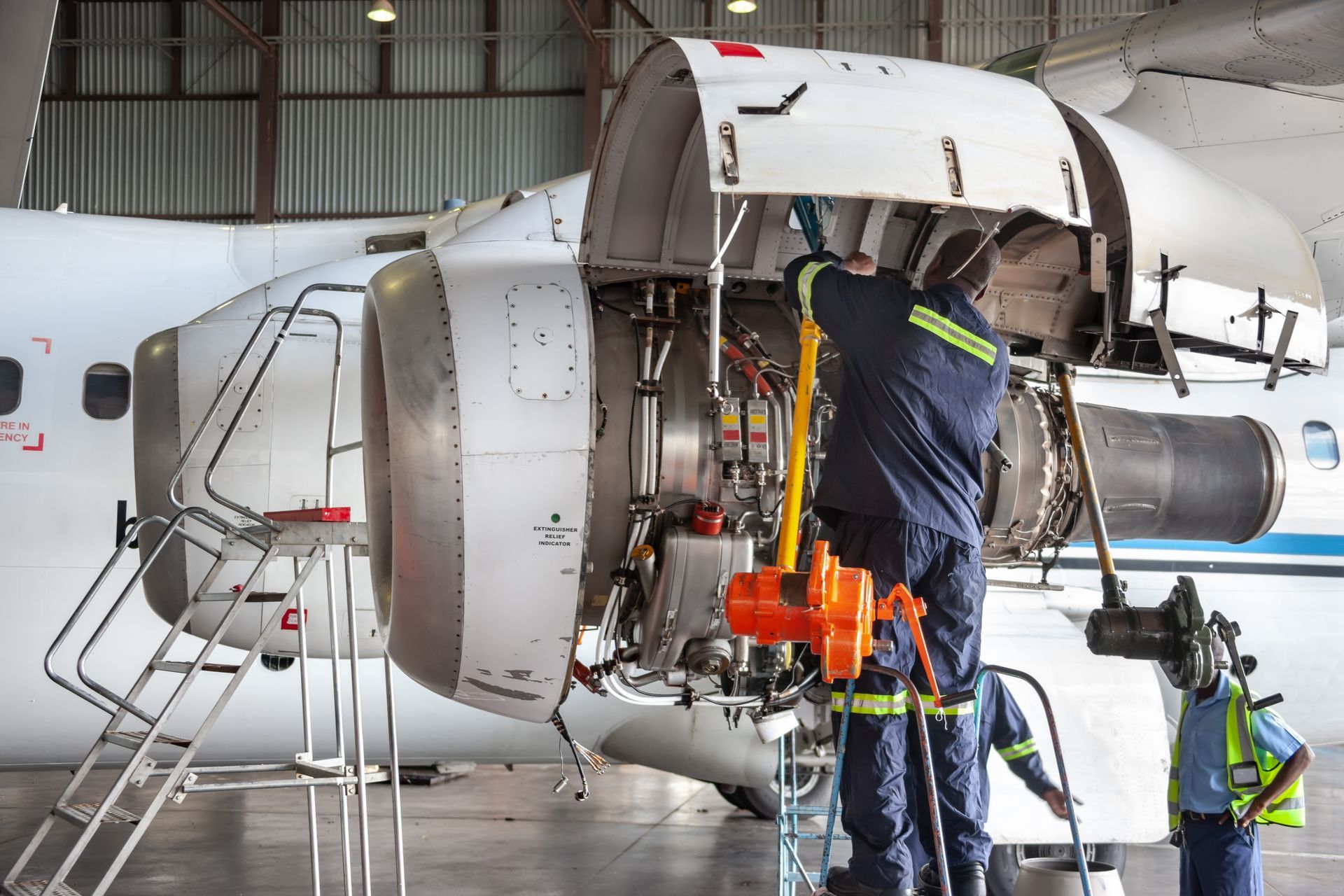How to Write a Job Brief that Attracts the Right Talent in Aerospace, Defence, and Space
In critical industries like aerospace, defence, and space, you cannot afford to lose the best candidate because the role was not clearly communicated.
In most cases, that loss happens long before the interview stage. It begins with a job brief that fails to reflect the true scope and importance of the position.
At Meritus, we work exclusively within secure and regulated sectors. We partner with organisations that are solving complex engineering challenges and delivering high-stakes national and international projects. From embedded systems engineers to mission-critical programme leads, we know how vital it is to get the hire right. And we know how often unclear briefs slow down or even derail the process.
If you are hiring for a replacement, expansion, or newly created role, the job brief is your foundation. Done well, it improves candidate quality, speeds up time to shortlist, and builds internal alignment.
In this blog, we will show you how to create a strong, outcome-driven job brief that positions your organisation as a serious employer and attracts the calibre of talent required in this space.
We will walk you through five areas to focus on:
- Start with business impact
- Prioritise outcomes over tasks
- Align internally before you go to market
- Clarify non-negotiables
- Benchmark against market reality
Let’s take a closer look.
Start with Business Impact
Rather than beginning with a list of duties, start by setting the strategic context.
Ask yourself:
- What programme, client, or regulatory milestone does this role support?
- What does success look like in the first 6 to 12 months?
- Where does this role sit in your operational or programme structure?
This is especially important in defence and aerospace, where roles are often linked to long-term project cycles or mission timelines. When external recruiters understand the "why" behind the role, they can attract professionals who are aligned with that mission.
Prioritise Outcomes Over Tasks
In highly regulated or technical roles, it is tempting to list everything the candidate will do. But strong briefs focus on what the person will deliver.
For example:
"Maintain avionics systems" is functional, but vague.
"Lead a full avionics upgrade across five platforms to meet MOD compliance ahead of Q4 testing" is clearer and offers measurable impact.
Candidates at this level expect clarity. They want to know where they will make a difference and how their work supports the wider mission.

Align Internally Before You Go to Market
In defence and aerospace, hiring cycles are already long due to vetting, security clearances, and multi-layered approvals. Misalignment across departments only adds delays.
Before the role goes live, hold a short internal session to confirm:
- Technical requirements and key deliverables
- Location expectations and site access
- Clearance levels required
- Budget, salary banding, and flexibility
- Timeline for interviews and onboarding
Internal misalignment is one of the most common causes of extended hiring timelines. Getting everyone on the same page upfront reduces risk and accelerates progress.
Clarify Non-Negotiables
Many organisations want the perfect candidate. That is understandable. But in industries where the talent pool is limited, especially for SC or DV-cleared professionals, clarity around what is essential versus what is ideal becomes critical.
Be honest about:
- Which skills are must-haves for security or programme delivery
- Whether industry experience (e.g. defence primes or civil aviation) is essential
- What clearance level is required from day one
- Which technologies, tools, or systems cannot be trained on the job
This clarity helps recruiters focus and avoids wasting time with candidates who will never pass through onboarding or project deployment.
Benchmark Against Market Reality
Even the most well-defined brief will underperform if it is misaligned with current market conditions.
Ask yourself:
- Are you offering a competitive salary and benefits package for the skillset required?
- Is the location or working model realistic based on available talent?
- Are your timelines aligned with market standards for notice periods, clearances, or onboarding?
At Meritus, we work exclusively within this sector and can provide detailed market insights to help you stay competitive. Our clients often use our Salary Snapshots and Sector Reports to inform decision-making at both team and board level.
Stronger Briefs Mean Smarter Hires
The cost of a mis-hire in aerospace, defence, and space is significant. From missed programme deadlines to increased security risk, the stakes are too high for vague or bloated briefs.
A well-structured, clearly aligned job brief will help you attract the right people, streamline your recruitment process, and maintain the high standards your sector demands.
If you are unsure whether your brief is doing your opportunity justice, we can help.
Need to write the perfect job brief?
Speak to the Aerospace, Defence, and Space recruitment specialists at Meritus.
Call: +44(0) 2922 806 922
Email:
info@meritustalent.com












